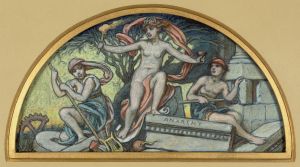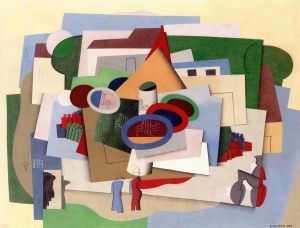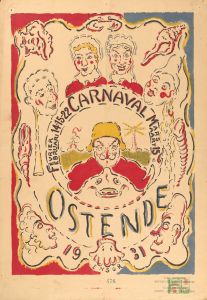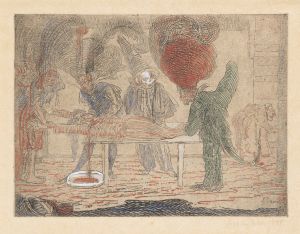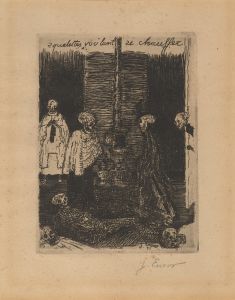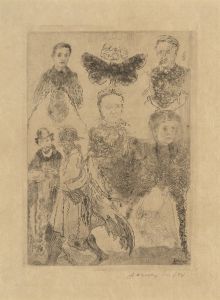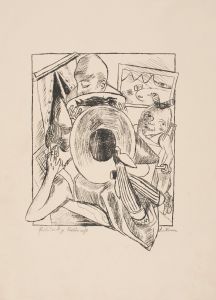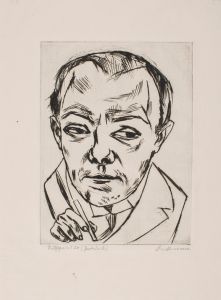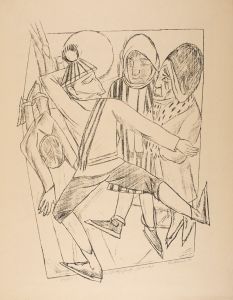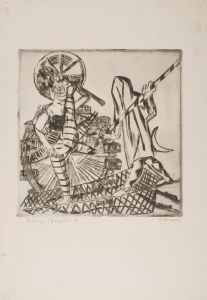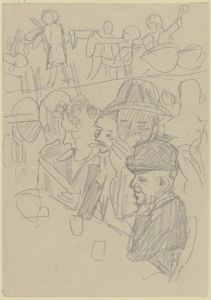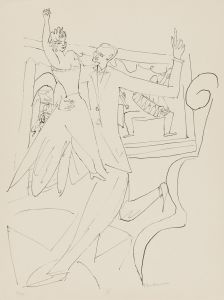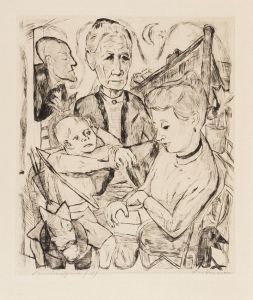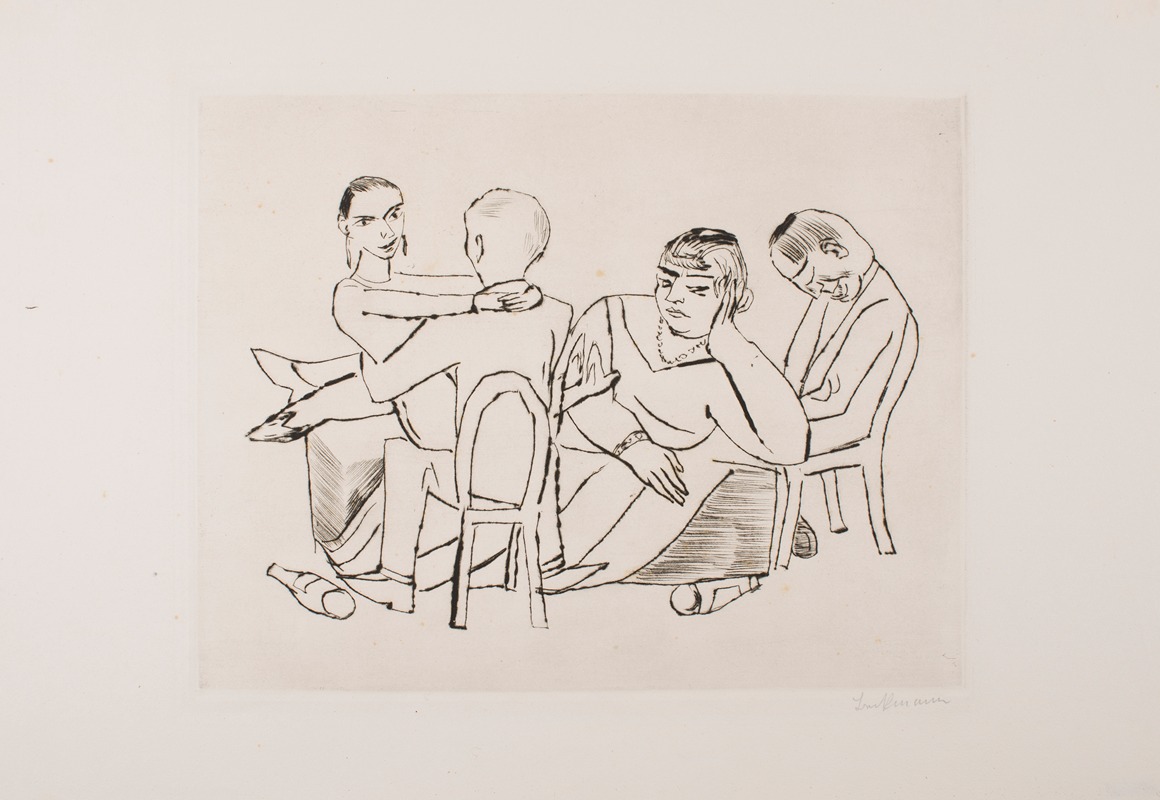
Carouse
A hand-painted replica of Max Beckmann’s masterpiece Carouse, meticulously crafted by professional artists to capture the true essence of the original. Each piece is created with museum-quality canvas and rare mineral pigments, carefully painted by experienced artists with delicate brushstrokes and rich, layered colors to perfectly recreate the texture of the original artwork. Unlike machine-printed reproductions, this hand-painted version brings the painting to life, infused with the artist’s emotions and skill in every stroke. Whether for personal collection or home decoration, it instantly elevates the artistic atmosphere of any space.
Max Beckmann's "Carouse" is a significant work by the German painter, who is renowned for his contributions to the Expressionist movement. Beckmann, born in 1884 in Leipzig, Germany, is celebrated for his intense and often complex compositions that reflect the tumultuous socio-political landscape of early 20th-century Europe. His works frequently explore themes of existential angst, human suffering, and the absurdity of life, often rendered in a style that combines elements of Expressionism and New Objectivity.
"Carouse," painted in 1943, is a striking example of Beckmann's mature style. During this period, Beckmann was living in Amsterdam, having fled Nazi Germany in 1937 due to the regime's condemnation of his work as "degenerate art." This exile deeply influenced his art, infusing it with a sense of dislocation and introspection. "Carouse" reflects Beckmann's ongoing exploration of human relationships and the complexities of social interaction.
The painting depicts a lively, somewhat chaotic scene of a social gathering, characterized by Beckmann's signature bold lines and vibrant colors. The figures in "Carouse" are rendered with a sense of immediacy and emotional intensity, capturing the dynamic and often contradictory nature of human interaction. Beckmann's use of space and perspective in the painting is notable; he often employed a compressed, almost claustrophobic composition that heightens the emotional tension within the scene.
In "Carouse," Beckmann's figures are engaged in various activities, some appearing joyful and others introspective or detached. This juxtaposition of emotions is a hallmark of Beckmann's work, reflecting his interest in the dualities of human experience. The painting's title suggests a sense of revelry and celebration, yet Beckmann's depiction is more nuanced, hinting at the underlying tensions and complexities of social gatherings.
Beckmann's use of color in "Carouse" is particularly striking. He employs a rich palette, with bold contrasts that enhance the emotional impact of the scene. The interplay of light and shadow adds depth and drama, drawing the viewer into the painting's vibrant world. Beckmann's technique reflects his mastery of form and composition, as well as his ability to convey profound psychological insights through visual means.
"Carouse" is part of Beckmann's broader body of work that often includes allegorical and symbolic elements. His paintings frequently incorporate motifs and references that invite multiple interpretations, encouraging viewers to engage with the work on both an emotional and intellectual level. This complexity is a defining feature of Beckmann's art, contributing to his lasting influence and significance in the history of modern art.
Max Beckmann's "Carouse" exemplifies his ability to capture the essence of human experience with both intensity and subtlety. Through his distinctive style and thematic depth, Beckmann offers a compelling exploration of the human condition, making "Carouse" a noteworthy example of his artistic legacy. As with many of Beckmann's works, "Carouse" continues to resonate with contemporary audiences, offering insights into the enduring complexities of social interaction and personal identity.





